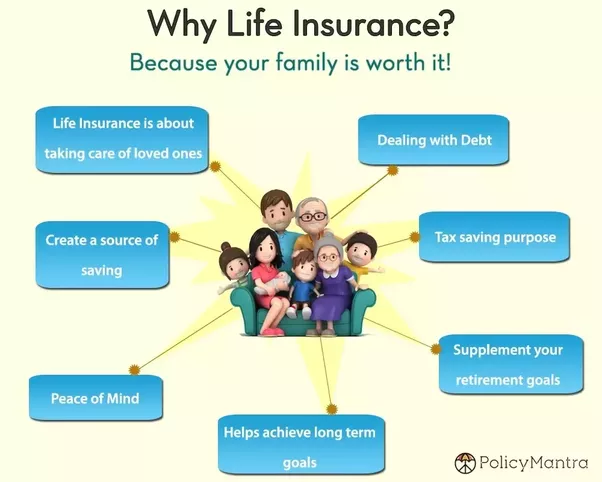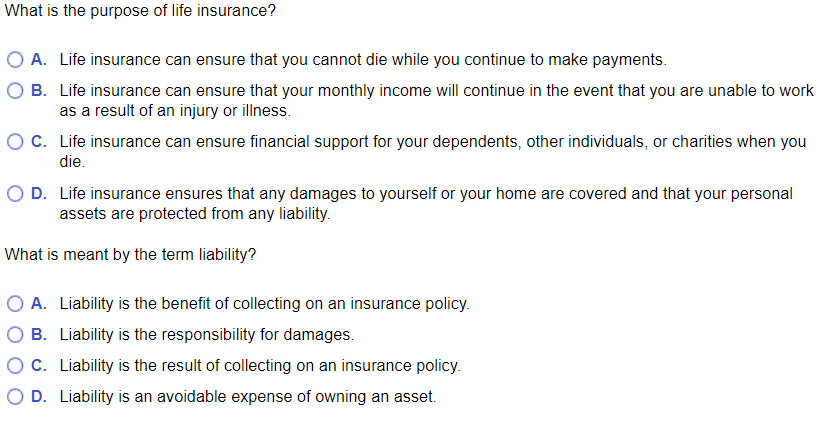Pacific Prime Can Be Fun For Anyone
Table of ContentsSome Known Factual Statements About Pacific Prime The Best Strategy To Use For Pacific PrimeSome Of Pacific PrimeNot known Incorrect Statements About Pacific Prime The Buzz on Pacific Prime

This is due to the fact that the information were collected for a period of solid financial efficiency. Of the approximated 42 million people who were uninsured, almost about 420,000 (concerning 1 percent) were under 65 years of age, the age at which most Americans come to be eligible for Medicare; 32 million were grownups in between ages 18 and 65, about 19 percent of all adults in this age; and 10 million were kids under 18 years old, regarding 13.9 percent of all youngsters (Mills, 2000).
These price quotes of the number of individuals without insurance are generated from the annual March Supplement to the Existing Populace Survey (CPS), carried out by the Census Bureau. Unless or else kept in mind, national quotes of individuals without health insurance coverage and percentages of the populace with various kinds of protection are based on the CPS, the most commonly utilized resource of quotes of insurance policy protection and uninsurance rates.
The Greatest Guide To Pacific Prime

Still, the CPS is especially valuable since it creates annual estimates reasonably promptly, reporting the previous year's insurance policy coverage estimates each September, and since it is the basis for a constant set of estimates for greater than two decades, enabling analysis of fads in insurance coverage with time. For these factors, along with the substantial use the CPS in various other research studies of insurance protection that are offered in this report, we count on CPS price quotes, with restrictions noted.

The price quote of the variety of without insurance people increases when a population's insurance condition is tracked for numerous years. Over a three-year period beginning early in 1993, 72 million individuals, 29 percent of the united state population, were without coverage for at the very least one month. Within a solitary year (1994 ), 53 million people experienced at the very least a month without insurance coverage (Bennefield, 1998a)
6 out of every ten uninsured grownups are themselves utilized. Working does boost the probability that one and one's household members will certainly have insurance coverage, it is not a guarantee. Also members of households with two full time breadwinner have practically a one-in-ten chance of being without insurance (9.1 percent uninsured price) (Hoffman and Pohl, 2000).
Pacific Prime Fundamentals Explained
New immigrants make up a considerable percentage of people without medical insurance. One analysis has actually associated a substantial section of the recent growth in the size of the united state without insurance population to immigrants who showed up in the country in between 1994 and 1998 (Camarota and Edwards, 2000). Current immigrants (those that came to the United States within the past 4 years) do have a high price of being without insurance (46 percent), but they and their children make up just 6 percent of those without insurance country wide (Holahan et al., 2001).
The connection in between medical insurance and accessibility to care is well developed, as documented later on in this chapter. The partnership between wellness insurance policy and wellness end results is neither direct nor simple, an extensive clinical and wellness solutions study literary works links health insurance policy protection to better access to care, better quality, and boosted individual and populace health and wellness status.
Degrees of analysis for taking a look at the effects of uninsurance. It concentrates specifically on those without any kind of health and wellness insurance for any type of length of time.
The smart Trick of Pacific Prime That Nobody is Discussing
The issues dealt with by the underinsured are in some aspects similar to those encountered by the without insurance, although they are normally less extreme. Wellness insurance policy, nevertheless, is neither required neither enough to acquire access to medical solutions. The independent and straight result of wellness insurance policy coverage on accessibility to health and wellness services is well developed.
Others will obtain the healthcare they need even without health insurance, by spending for it out of pocket or seeking it from service providers that supply care free or at very subsidized rates. For still others, health insurance alone does not make certain receipt of treatment as a result of other nonfinancial obstacles, such as a lack of wellness care carriers in their area, minimal accessibility go now to transport, illiteracy, or linguistic and social differences.
Some Known Details About Pacific Prime
Official research study about without insurance populaces in the USA dates to the late 1920s and early 1930s when the Committee on the Price of Medical Care created a collection of records concerning funding doctor workplace visits and hospitalizations. This problem ended up being significant as the numbers of clinically indigent climbed up throughout the Great Clinical depression.